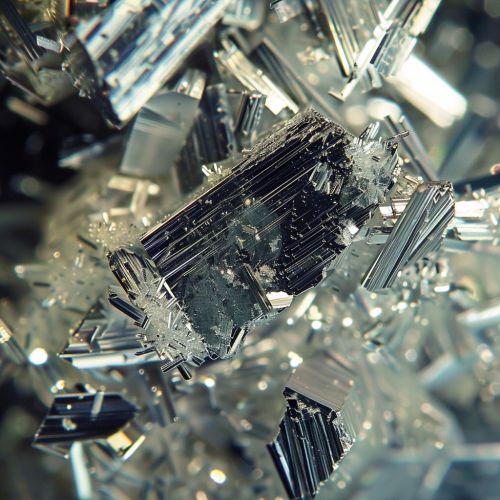Aluminium oxide
Introduction
Aluminium oxide, also known as alumina, is a compound of aluminium and oxygen with the chemical formula Al2O3. It is the most commonly occurring of several aluminium oxides and specifically identified as aluminium(III) oxide.
Properties
Aluminium oxide is an electrical insulator but has a relatively high thermal conductivity for a ceramic material. It is hard, strong, and resistant to weathering, making it ideal for applications where durability is essential. Its high melting point (over 2000 degrees Celsius) also makes it useful in refractory applications.


Production
Aluminium oxide is produced from the bauxite ore, which is mined from the earth. The bauxite is refined into alumina by the Bayer process, and the alumina is then converted to aluminium metal through electrolysis in a process known as the Hall-Héroult process.
Uses
Aluminium oxide is used in a variety of applications due to its unique properties. It is used as an abrasive, a refractory material, a catalyst, and in the manufacture of ceramic products. It is also used in the production of aluminium metal.
Health and Safety
Exposure to aluminium oxide can cause irritation to the eyes, skin, and respiratory system. It is recommended to use personal protective equipment when handling this compound.
